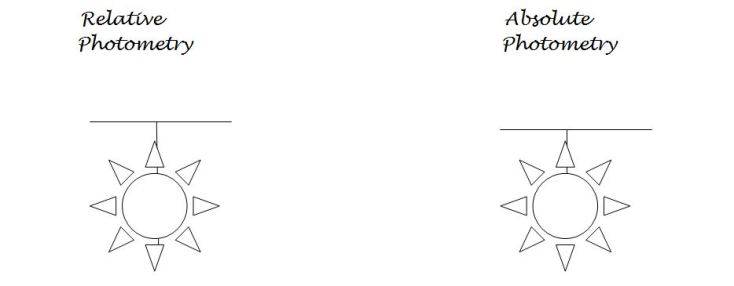PHOTOMETRY TESTING
Solid state lighting in today’s scenario is more in demand , as it fulfills the need of today’s energy saving program, however these are more pocket friendly too. Even the future of SSL( solid state lightening) seems to be bright. Testing of these is necessary evil for the manufacturer with an appropriate method.
There are two different methods to test Luminaries : Relative photometry and absolute photometry. In LM 79 absolute photometry method is used. Absolute photometry has relative benefits for LED’s as one of the main reasons is that it produces pin point lumens for any Luminary. By this method total output Lumens of a luminary with LED/lamp installed are measured. This method is applied to those Luminaries where LED’s cannot be easily accessible and on failure Luminaries has to be replaced (not just change the light source like LED’s ), so the total luminary is tested and unadjusted data is recorded. For more clarity , let’s have a look at the below example…..
Bare Lamp Lumen =1000 Bare Lamp Lumen= n/a
Luminary Lumen= 700 Luminary Lumen= 700
Efficiency= 70 % Efficiency= 100 %
In absolute photometry, no lumen are measured on bare lamp but is carried on the whole luminary with fixed lamp which cannot be isolated from the luminary.
In relative photometry, the lumen of the bare lamp (LED) is measured instead of testing the whole luminary. It is used for incandescent, fluorescent and HID to see lamp lumen. For this, firstly the reference lamp is stabilized and tested. Then, luminary is tested with reference lamp and adjusted to give lumens.
Let us have a look at the following example….
A fluorescent tube is installed and give 94 lm/w in relative photometry with a loss of 15 % in ballast and a loss of 25 % in fixture. Which results 54 lm/w in absolute photometry.

No comments:
Post a Comment